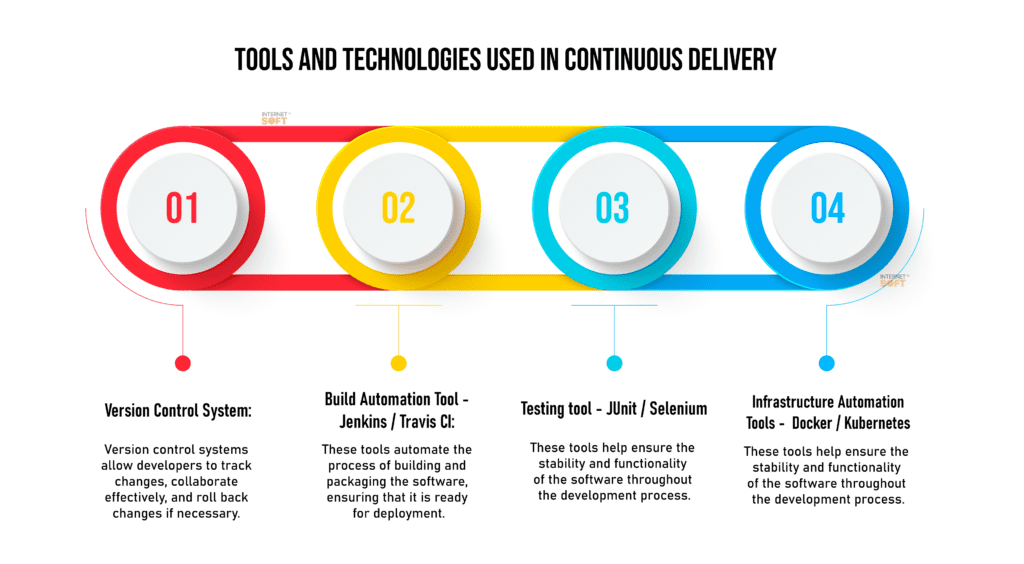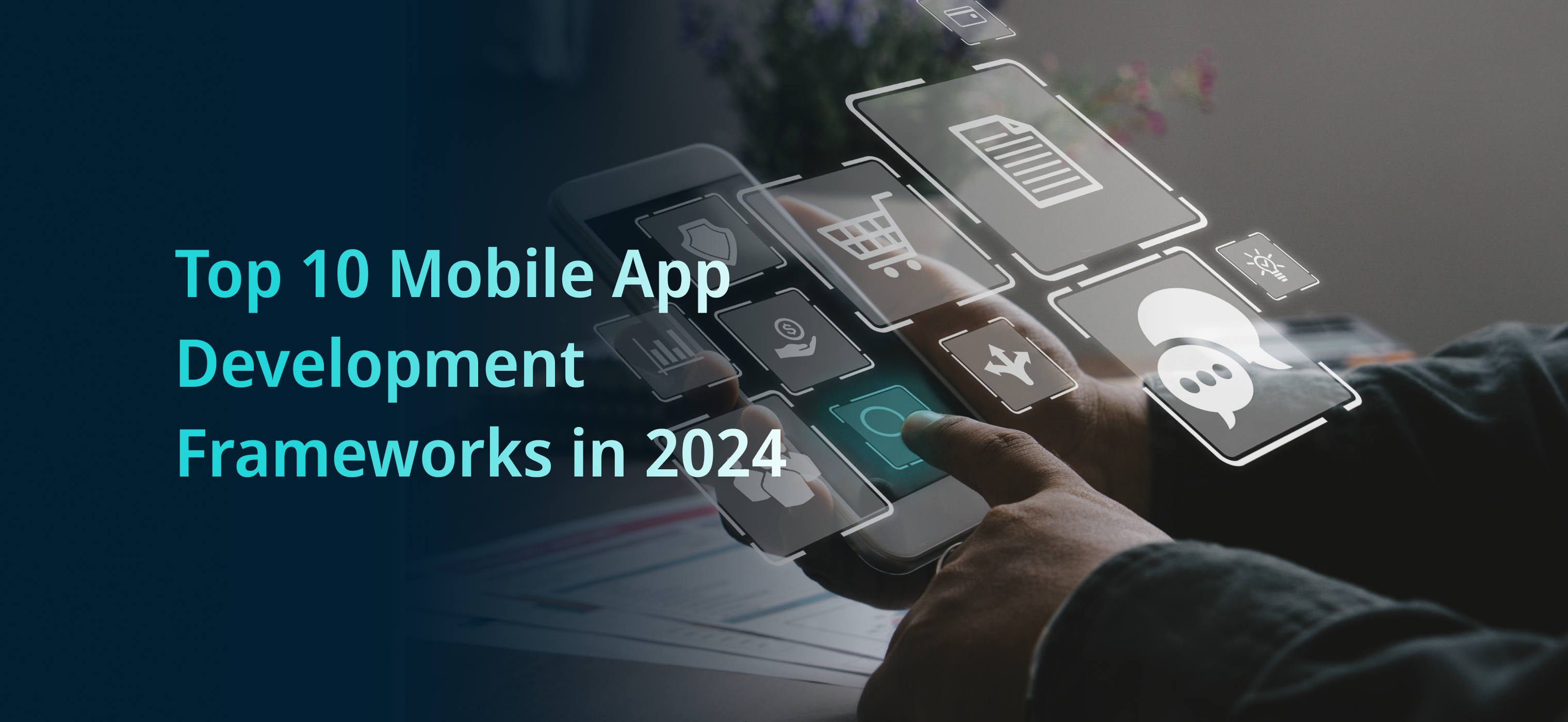Are you a software development beginner looking to learn more about Continuous Delivery? If so, this blog post is for you! Continuous Delivery is an important part of modern software engineering and can help speed up the delivery of new software and features while also improving agility. In this post, we will explain What is Continuous Delivery and how to create a continuous delivery pipeline. We’ll also cover some of the benefits of using Continuous Delivery and provide some useful tips for getting started.
What is Continuous Delivery?
Continuous Delivery is an agile software development practice that allows development teams to release new software updates and features quickly and efficiently. It involves continuously delivering software to production environments, enabling teams to receive immediate feedback and iterate on their work.
At its core, Continuous Delivery is all about automating the software delivery process. It involves setting up a continuous delivery pipeline, which is a series of automated steps that take the code from development through testing and into production. This pipeline ensures that every change to the codebase is thoroughly tested, integrated, and ready for deployment.
By embracing Continuous Delivery, organizations can reduce the risk associated with large, infrequent software releases. It allows them to make smaller, incremental updates to their software, making it easier to identify and fix issues early on. Continuous Delivery also enables development teams to respond quickly to customer feedback and market demands, ensuring that the software remains relevant and up-to-date.
In summary, Continuous Delivery is an essential practice for any organization looking to improve the speed, reliability, and quality of their software releases. By creating a continuous delivery pipeline, teams can automate the software delivery process and enhance their agility in today’s fast-paced software development landscape.
Why do we need Continuous Delivery?
Continuous Delivery is not just a nice-to-have practice; it is an essential part of modern software engineering. In today’s fast-paced world, organizations need to deliver software updates and new features quickly and efficiently. This is where Continuous Delivery comes in.
Continuous Delivery allows development teams to release software updates rapidly, enabling them to iterate on their work and receive immediate feedback. By automating the software delivery process through a continuous delivery pipeline, teams can ensure that every change to the codebase is thoroughly tested, integrated, and ready for deployment. This reduces the risk associated with large, infrequent software releases.
But why is this necessary? Well, the traditional approach of making big releases infrequently has several downsides. It often leads to longer release cycles, making it difficult to respond quickly to customer feedback and market demands. Additionally, it can increase the risk of introducing bugs or issues that are difficult to identify and fix.
Continuous Delivery addresses these challenges by allowing organizations to make smaller, incremental updates to their software. This makes it easier to catch and fix issues early on, ensuring that the software remains reliable and up-to-date. By embracing Continuous Delivery, organizations can enhance their agility and deliver software faster and with better quality.
So, if you want to keep up with the ever-changing software development landscape and stay ahead of your competitors, Continuous Delivery is a must-have practice.
Experience excellence with our Agile software development services in California. Achieve your tech goals faster and smarter. Let’s make your vision a reality. Get started today!
Principles of Continuous Delivery
Continuous Delivery is not just a buzzword; it is an agile software development practice that can revolutionize the way organizations deliver software. In this section, we will dive into the principles that underpin Continuous Delivery and explore how they contribute to its effectiveness.
At its core, Continuous Delivery is about automating the software delivery process, but it goes beyond just automation. It is also about fostering a culture of collaboration, transparency, and continuous improvement.

One of the key principles of Continuous Delivery is the concept of small, incremental changes. Instead of making large, infrequent releases, Continuous Delivery encourages developers to make small, frequent updates to the software.

Another principle is the idea of version control. Continuous Delivery relies heavily on version control systems, which enable developers to track changes, collaborate effectively, and roll back changes if necessary. By having a clear and organized version control system in place, teams can ensure that their codebase remains reliable and well-maintained.
Continuous testing is another fundamental principle of Continuous Delivery. Automated testing is integrated into the delivery pipeline to validate every change made to the code. This ensures that the software remains stable and functional throughout the development process.
Additionally, Continuous Delivery emphasizes the importance of monitoring and feedback. By constantly monitoring the performance of the software in production, teams can quickly identify any issues or bottlenecks and take appropriate actions.
By adhering to these principles, organizations can reap the benefits of Continuous Delivery, such as faster delivery times, higher quality software, and improved customer satisfaction. So, if you’re looking to embrace Continuous Delivery, make sure to keep these principles in mind as you set up your delivery pipeline.
Tools and Technologies Used in Continuous Delivery

When it comes to implementing Continuous Delivery, there are various tools and technologies that can help streamline the process and make it more efficient. These tools play a crucial role in automating the software delivery pipeline and ensuring that every change to the codebase is thoroughly tested and ready for deployment.
One of the key tools used in Continuous Delivery is a version control system, such as Git. Version control systems allow developers to track changes, collaborate effectively, and roll back changes if necessary. They provide a centralized repository for storing and managing the codebase, making it easier for teams to work together and maintain a reliable and well-documented codebase.
Another important tool is a build automation tool, such as Jenkins or Travis CI. These tools automate the process of building and packaging the software, ensuring that it is ready for deployment. They can also be configured to trigger the continuous integration and testing process whenever a new change is made to the codebase.
For testing, there are various tools available, such as JUnit for unit testing and Selenium for automated browser testing. These tools help ensure the stability and functionality of the software throughout the development process.
Additionally, Continuous Delivery often involves the use of infrastructure automation tools, such as Docker or Kubernetes. These tools enable teams to define and manage the infrastructure needed to run the software, making it easier to deploy and scale applications.
Continuous Integration vs. Continuous Delivery vs. Continuous Deployment
Continuous Integration, Continuous Delivery, and Continuous Deployment are all related practices in the realm of software development, but they have distinct differences. Let’s break them down.
Continuous Integration (CI) is an important component of the overall Continuous Delivery process. It involves merging code changes from multiple developers into a shared repository on a regular basis. With CI, developers integrate their changes frequently, often multiple times a day. This helps identify conflicts and issues early on, reducing the risk of integration problems during the later stages of development.
Continuous Delivery (CD) builds upon the foundation of CI. It encompasses the entire process of delivering software to production environments. CD focuses on automating the delivery pipeline, from code integration and testing to deployment and release. The goal is to ensure that the software is always in a releasable state and ready for deployment at any time.
Continuous Deployment (CDep) takes CD a step further by automating the release of software updates to production environments. With CDep, any changes that pass the automated tests and quality checks are automatically deployed to production, without manual intervention. This allows for even faster delivery of new features and updates to end-users.
In summary, Continuous Integration focuses on integrating code changes, Continuous Delivery ensures that the software is always in a releasable state, and Continuous Deployment automates the release of software updates to production environments. These practices work together to streamline the software development and delivery process, enhancing agility and improving the speed and quality of software releases.
Want to Supercharge your GO application?
Hire Golang Developer now and unlock the potential of your GO apps.
Building a Continuous Delivery Pipeline
Building a Continuous Delivery pipeline is an essential step in implementing Continuous Delivery. This pipeline is a series of automated steps that take the code from development through testing and into production. It ensures that every change to the codebase is thoroughly tested, integrated, and ready for deployment.
To start building a Continuous Delivery pipeline, you first need to define your workflow. This involves determining the stages your code will go through, such as code review, unit testing, integration testing, and deployment. You will also need to set up automated tools and technologies, such as version control systems, build automation tools, and testing frameworks, to support your pipeline.
Next, you will need to configure these tools and technologies to work together seamlessly. This includes setting up triggers that initiate the pipeline whenever a change is made to the codebase, and configuring the different stages to perform their respective tasks automatically.
Once your pipeline is set up, you can start running your code through it. As each change is made to the codebase, it will go through the pipeline, undergoing various tests and checks. Any issues or bugs that arise during this process can be identified and addressed promptly.
Building a Continuous Delivery pipeline is an iterative process. As you gain more experience and gather feedback from your team, you can refine and improve your pipeline to make it more efficient and effective. It is important to regularly review and optimize your pipeline to ensure that it meets the evolving needs of your software development process.
By building a Continuous Delivery pipeline, you can automate and streamline the software delivery process, allowing you to release new features and updates quickly and with confidence. It empowers your development team to work more efficiently and respond rapidly to customer feedback and market demands. With a well-designed and robust Continuous Delivery pipeline in place, you can achieve faster delivery times, higher quality software, and ultimately, better customer satisfaction.
Challenges in Implementing Continuous Delivery
Implementing Continuous Delivery can bring numerous benefits to a software development process, but it is not without its challenges. It’s important to be aware of these challenges so you can navigate them effectively and ensure a successful implementation.
One of the main challenges in implementing Continuous Delivery is the need for cultural change within an organization. Continuous Delivery requires a shift in mindset and a willingness to embrace automation, collaboration, and continuous improvement. This may require breaking down silos between different teams, fostering a culture of transparency and accountability, and encouraging open communication.
Another challenge is the complexity of setting up and managing the continuous delivery pipeline itself. Building an automated pipeline that seamlessly integrates various tools and technologies can be a daunting task, especially for beginners. It requires a deep understanding of the software development process, as well as proficiency in the tools and technologies involved. It may take time and effort to learn and master these tools, and there may be a learning curve for the entire team.
Furthermore, ensuring the stability and reliability of the delivery pipeline can be challenging. Continuous Delivery relies heavily on automated testing, and setting up effective and comprehensive tests can be complex. There may be difficulties in determining the appropriate level of testing, choosing the right tools and frameworks, and managing test environments.
Lastly, Continuous Delivery requires ongoing maintenance and optimization. As software and technologies evolve, the continuous delivery pipeline needs to adapt and stay up to date. This may involve regular monitoring, troubleshooting, and updating of tools and processes to ensure the pipeline remains efficient and effective.
While implementing Continuous Delivery may present some challenges, the benefits it brings far outweigh the difficulties. By addressing these challenges head-on and continuously improving the process, organizations can reap the rewards of faster delivery times, higher quality software, and improved customer satisfaction.
Benefits of Continuous Delivery
Continuous Delivery offers a multitude of benefits for organizations of all sizes and industries. Let’s explore some of these benefits and understand why implementing Continuous Delivery is crucial for accelerating software delivery and improving agility.
Firstly, Continuous Delivery enables faster delivery times. By automating the software delivery process, teams can release new features and updates quickly and with confidence. This allows organizations to stay ahead of their competitors and respond rapidly to customer feedback and market demands.
In addition to speed, Continuous Delivery also ensures higher quality software. By thoroughly testing every change to the codebase, organizations can identify and address issues early on. This leads to a more stable and reliable software product, reducing the risk of bugs and customer dissatisfaction.
Furthermore, Continuous Delivery promotes a culture of collaboration and continuous improvement. By breaking down silos and fostering open communication, teams can work more efficiently and effectively. Continuous Delivery encourages teams to learn from each iteration and make small, frequent improvements to their processes, resulting in continuous innovation and growth.
Overall, implementing Continuous Delivery allows organizations to achieve faster delivery times, higher quality software, and improved customer satisfaction. It enhances agility and empowers development teams to adapt to changing requirements and market conditions. By embracing Continuous Delivery, organizations can stay ahead in today’s competitive software development landscape.
Visit Internet Soft for the latest tech trends and insights around AI, ML, Blockchain, along with NeoBanking and timely updates from industry professionals!
Need assistance or have questions? Reach out us at sales@internetsoft.com.








